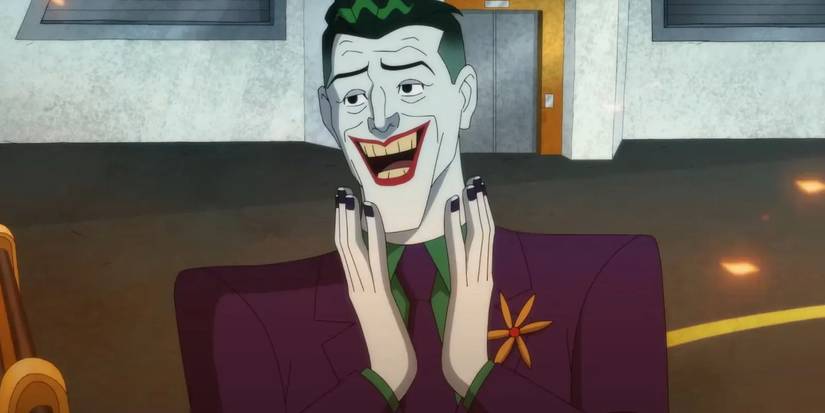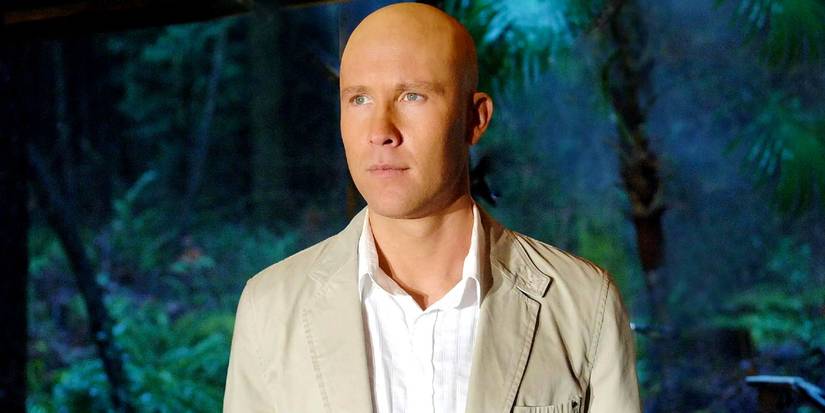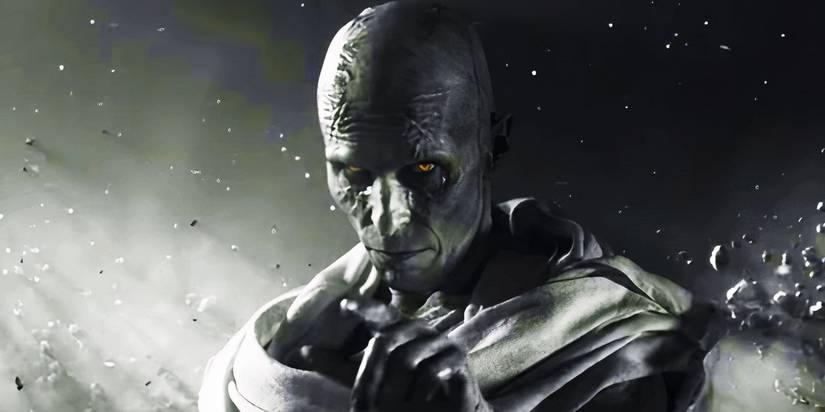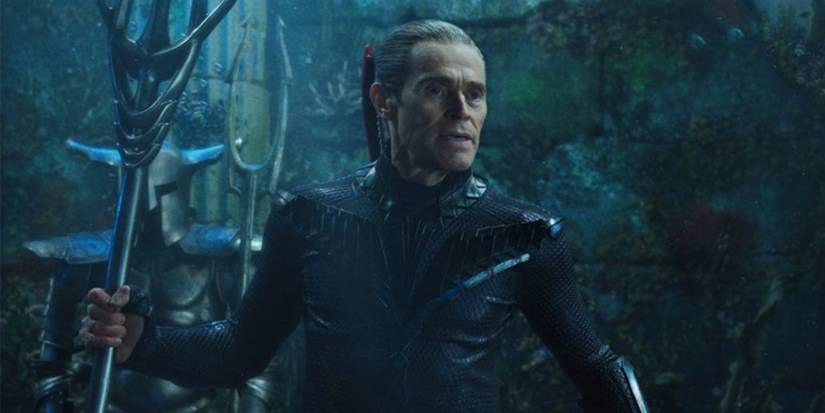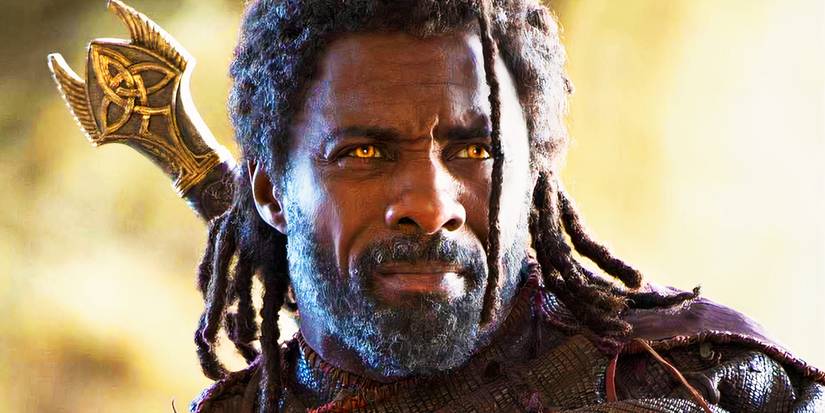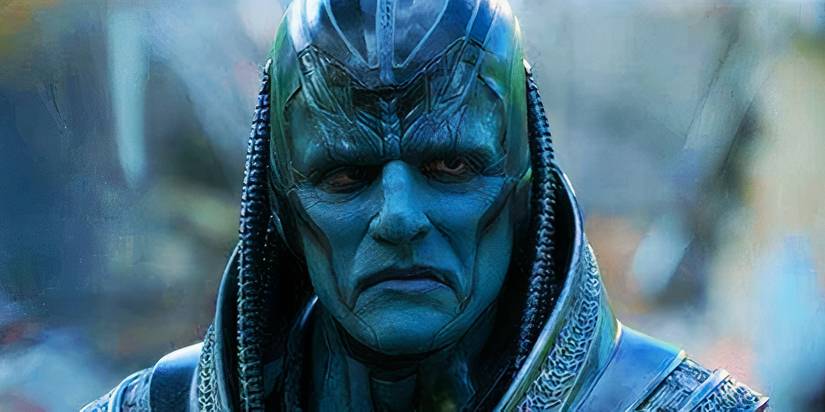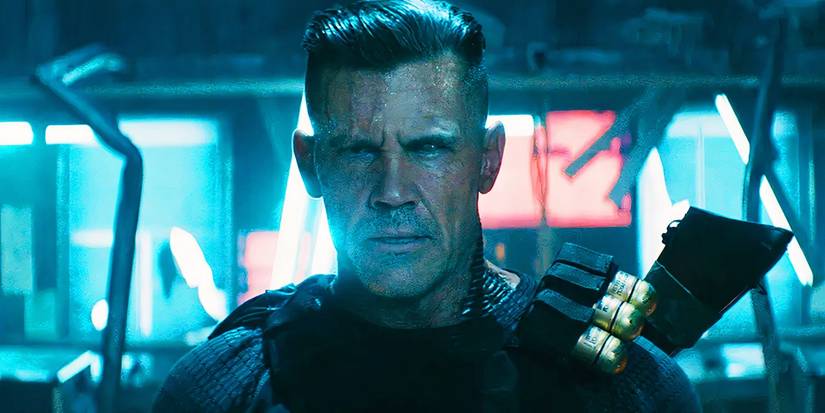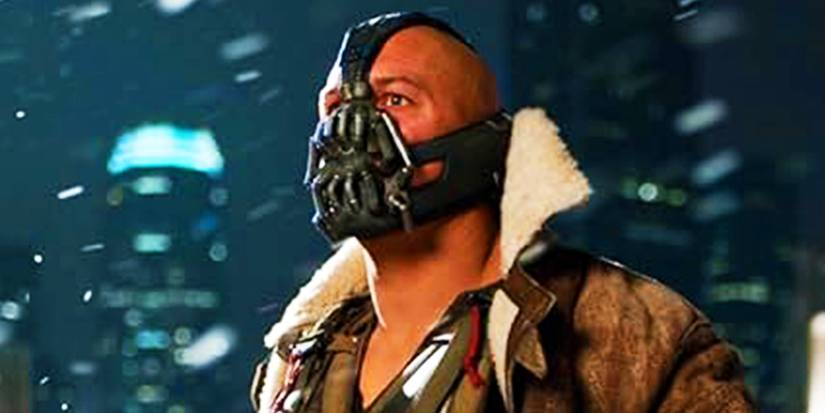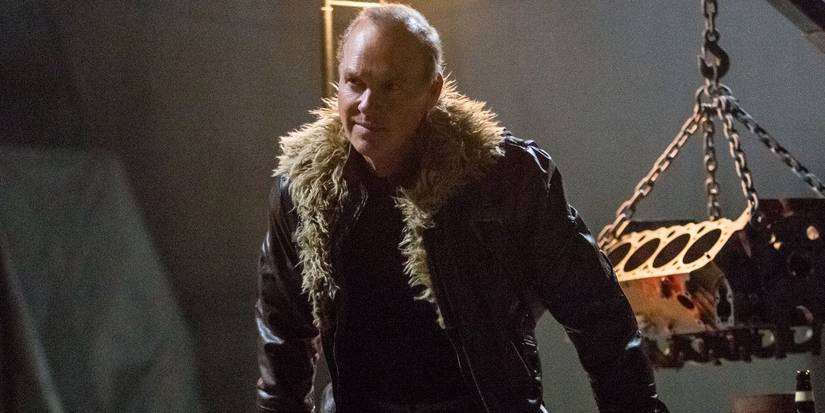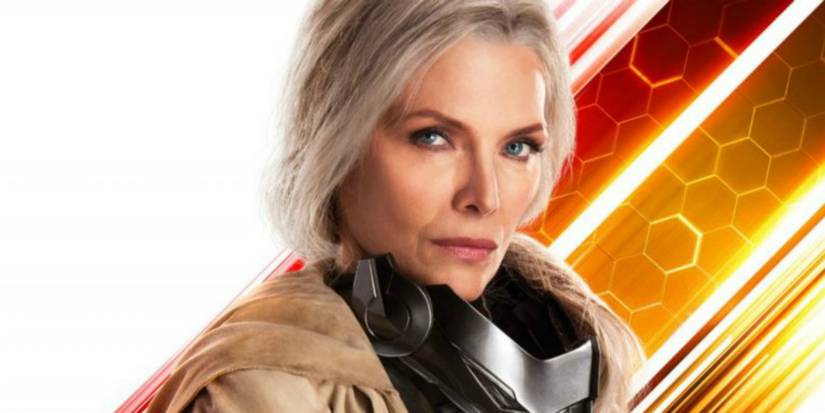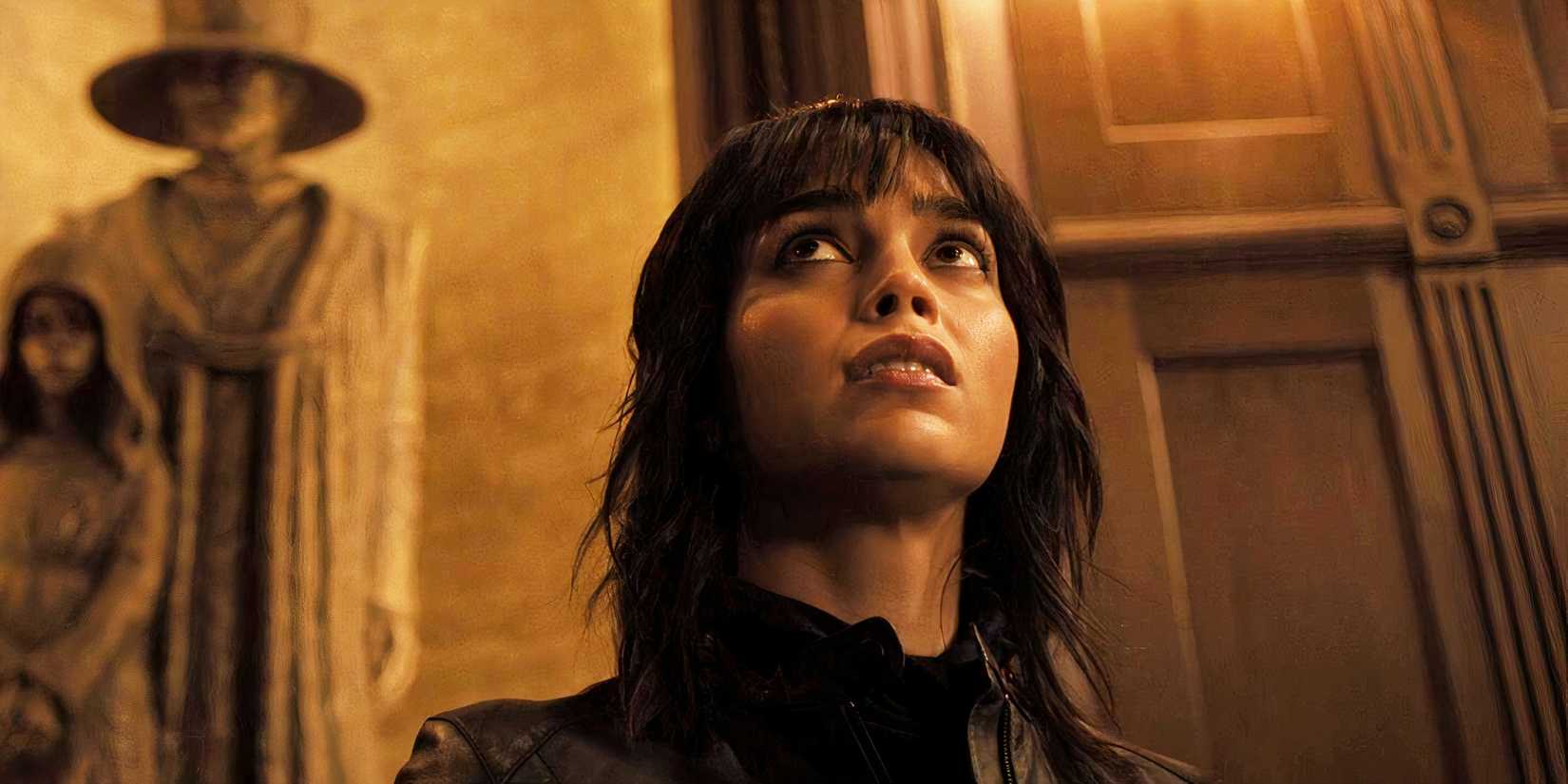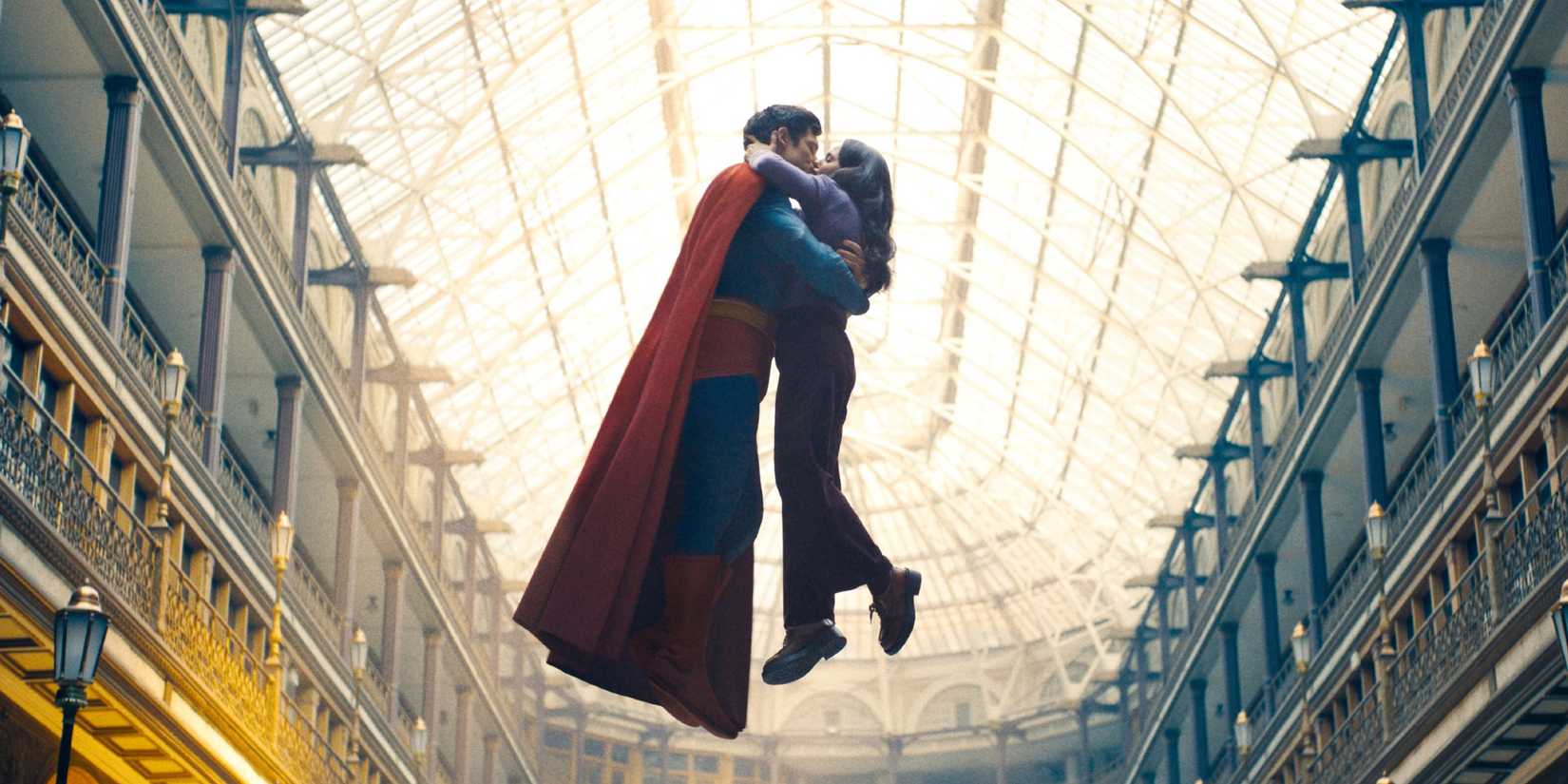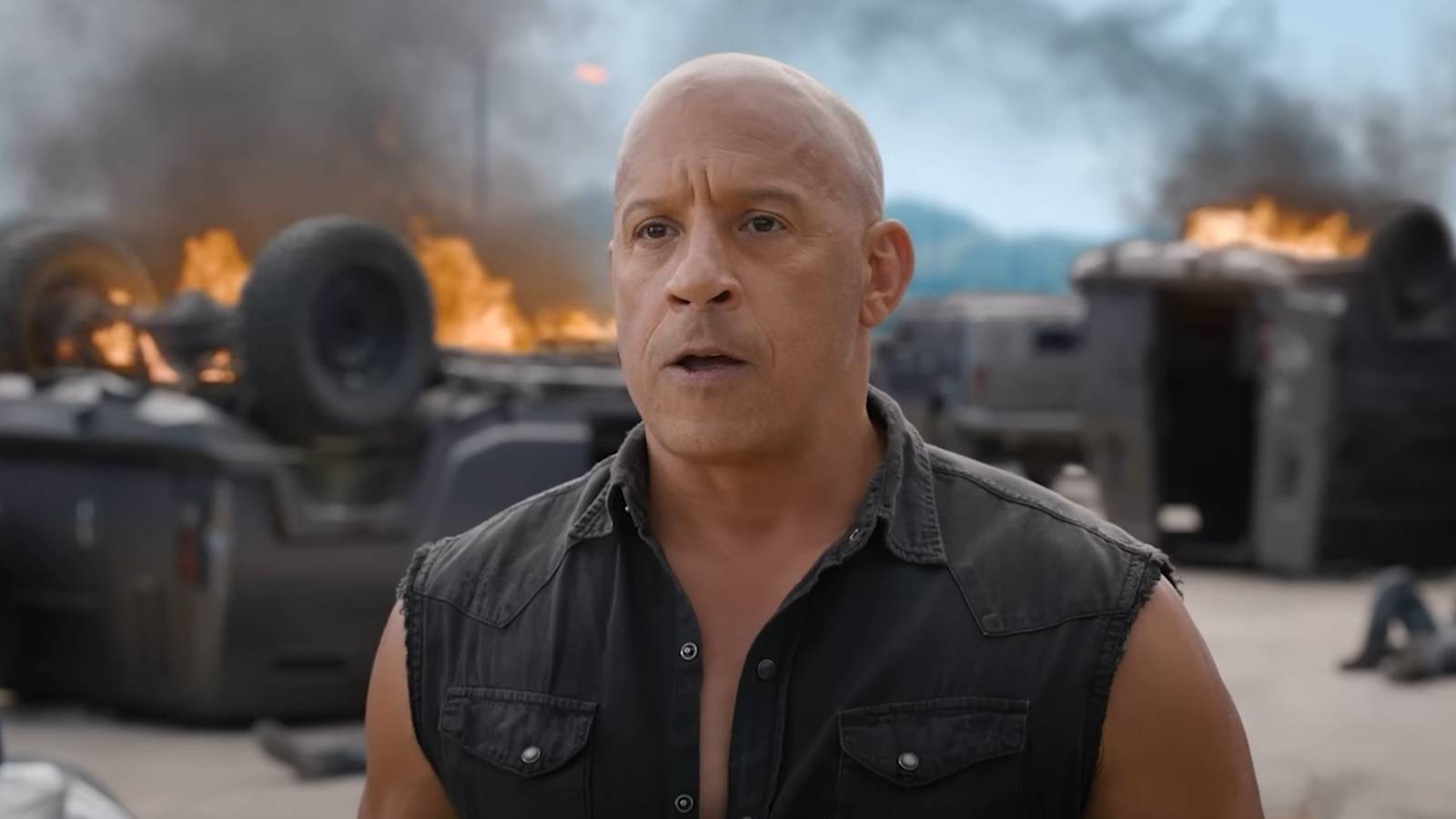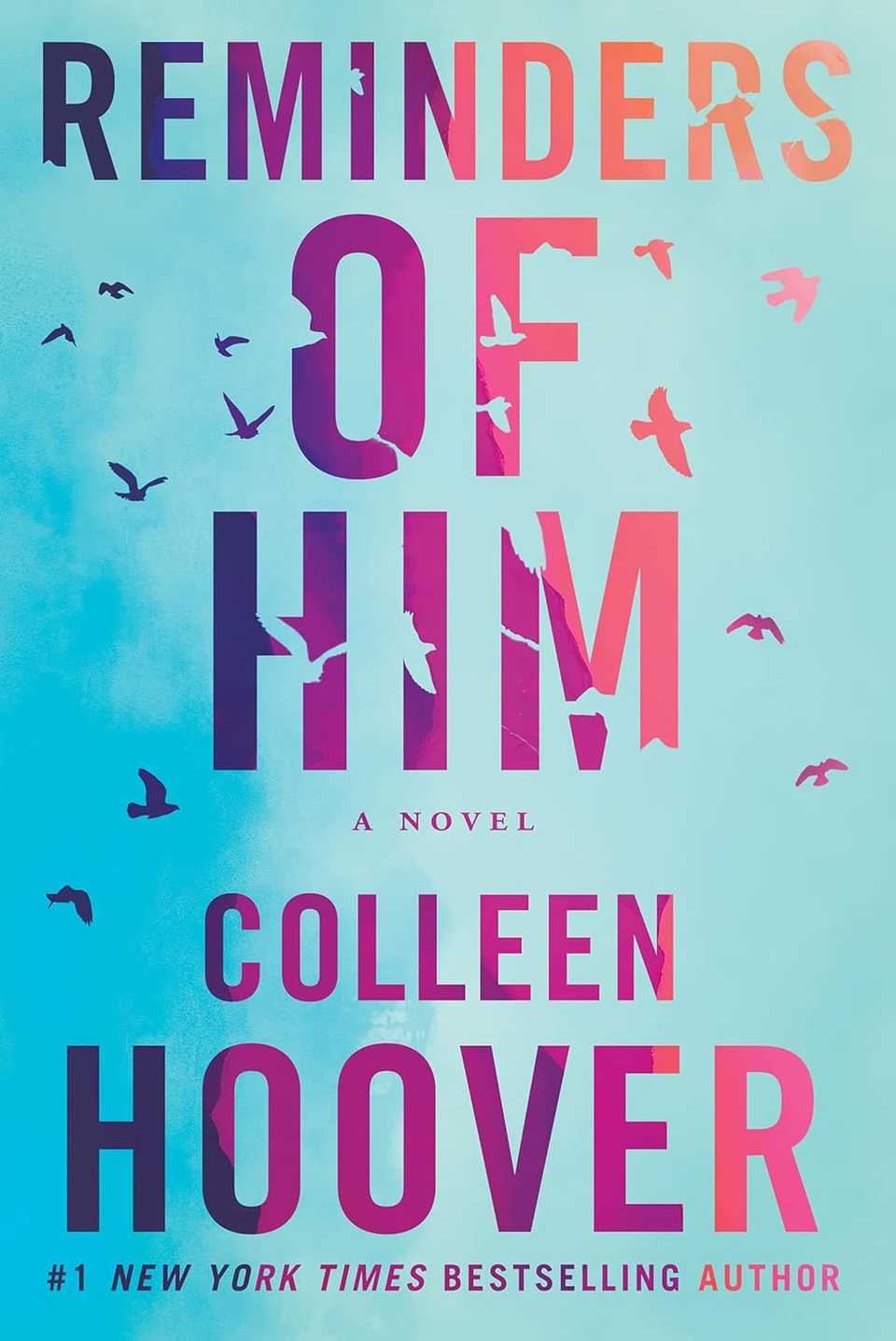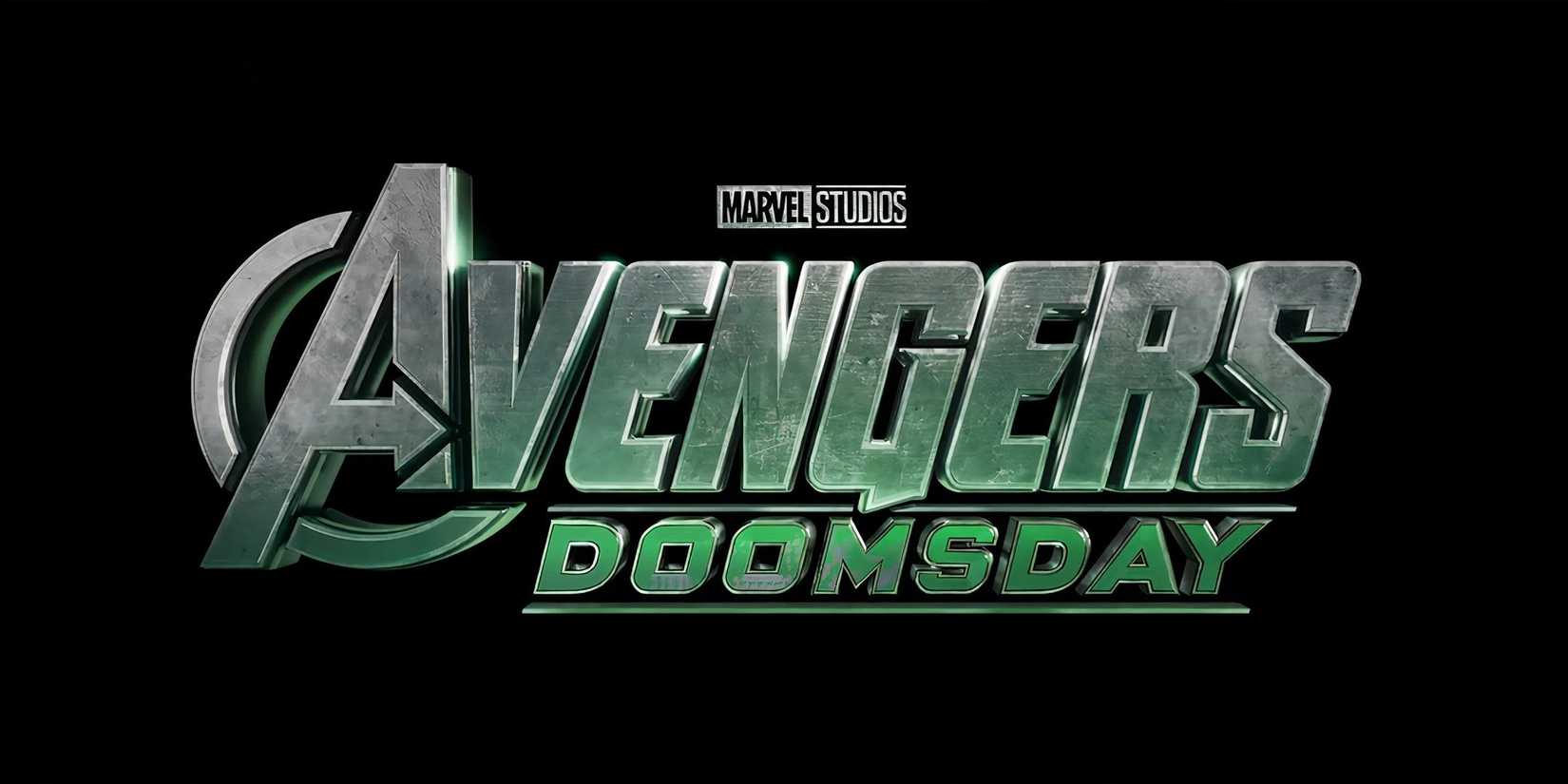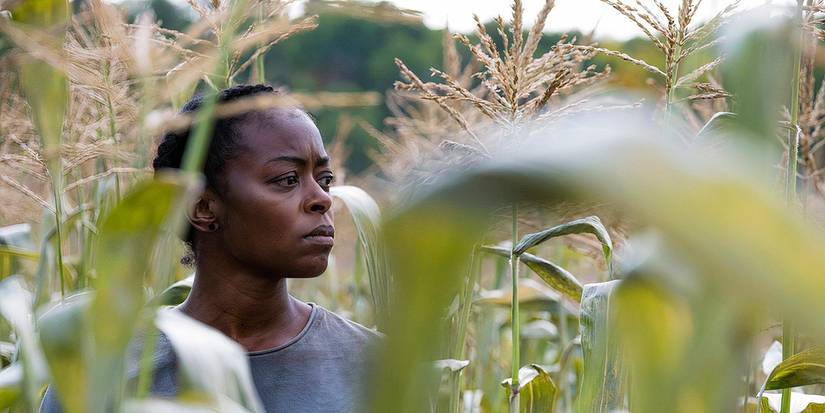Some of the most iconic actors in comic book movies have played both superheroes and supervillains. The superhero genre has exploded across film and television in both Marvel and DC. This gives actors opportunities to explore both sides of the comic book coin, especially in the case of complex antiheroes who tread the middle ground.
Many stars have stepped into the roles of shining heroes in the MCU timeline, inspiring others, while others have taken on the challenge of portraying complex villains in the DCU movie timeline. Some rare performers, however, have had the chance to do both. These crossover roles highlight the versatility of the actors and how Hollywood blurs the line between heroism and villainy.
Alan Tudyk
Alan Tudyk has quietly built one of the most impressive superhero-and-supervillain résumés of any actor. He voices Joker, Clayface, Condiment King, Calendar Man, and other rogues in Harley Quinn. He also portrays the twisted Doctor Phosphorus (reimagined as more of an antihero) and Clayface in James Gunn’s Creature Commandos.
In live action, Tudyk stood out as the chaotic Mr. Nobody in Doom Patrol, a villain who bends reality itself while still displaying comedic charm. His long list of roles across different tones and mediums proves he thrives on both sides of the genre. Tudyk effortlessly moves from menacing to absurd to sympathetic depending on the project.
Michael Rosenbaum
Michael Rosenbaum may always be remembered as the definitive Lex Luthor from Smallville. He delivered one of television’s most nuanced portrayals of Superman’s nemesis. Rosenbaum also voiced Wally West/The Flash in the animated Justice League series and its follow-up, Justice League Unlimited. Rosenbaum’s comedic timing brought levity to the Scarlet Speedster, balancing the ensemble’s darker characters.
Before this, Rosenbaum appeared in Batman Beyond: Return of the Joker, voicing Ghoul, a Jokerz gang member. Rosenbaum also made a cameo appearance in Guardians of the Galaxy Vol. 2 and Vol. 3 as Martinex. Martinex is a Guardian from the future in the comics who appeared in the MCU as part of Stakar Ogord’s Ravagers.
Christian Bale
Christian Bale cemented his superhero legacy as Batman in Christopher Nolan’s acclaimed The Dark Knight Trilogy. His version of the Dark Knight was gritty, grounded, and endlessly influential for later comic book movies. Bale later switched sides when he joined the Marvel Cinematic Universe as Gorr the God Butcher in Thor: Love and Thunder.
Though Love and Thunder was not universally praised, Bale’s unsettling, grief-driven performance brought weight to a villain with tragic motivations. He was simultaneously sympathetic and scary, an impressive feat in the genre. Bale’s jump from one of DC’s greatest heroes to a ᴅᴇᴀᴅly Marvel villain illustrates his acting range and willingness to embrace both heroism and darkness.
Willem Dafoe
Willem Dafoe became a comic book legend with his performance as Norman Osborn/Green Goblin in Spider-Man (2002), later revived in Spider-Man: No Way Home. His terrifying cackle and dual personality made him unforgettable, delivering a performance that will be hard to top in the future. Dafoe has also been on the other side of the spectrum, playing Vulko.
Vulko is Aquaman’s Atlantean mentor in Aquaman and Zack Snyder’s Justice League. While Vulko is more of a supporting hero than a lead, Dafoe balances his loyalty and strict guidance with warmth. His career shows he can chew scenery as a frightening villain yet also ground a film with wisdom, lending gravitas to superhero mythologies.
Idris Elba
Idris Elba carved out his superhero credentials as Heimdall in the MCU’s four Thor movies, the noble guardian of the Bifrost. Heimdall’s loyalty to Asgard and his final sacrifice to send Hulk to Earth in Avengers: Infinity War proved his status as one of Marvel’s most underappreciated heroes. Later, Elba joined the DC universe as Bloodsport in The Suicide Squad.
In the comics, Bloodsport is a mercenary who has faced Superman and other DC heroes. In The Suicide Squad, he is imprisoned for his crimes and is coerced into joining the team. His arc develops into that of a reluctant hero leading his team, making great use of Elba’s ability to play morally ambiguous roles while keeping humanity intact.
Oscar Isaac
Oscar Isaac made a splash in the superhero genre with Marvel’s Moon Knight on Disney+. He portrayed Marc Spector and his alters with layered intensity. His performance brought depth to a lesser-known hero struggling with dissociative idenтιтy disorder. Years before that, Isaac tackled a very different challenge as Apocalypse, the тιтular villain in X-Men: Apocalypse.
While X-Men: Apocalypse itself divided audiences, Isaac’s portrayal captured the arrogance and menace of one of the X-Men’s ᴅᴇᴀᴅliest foes. Isaac did, however, struggle to match the character’s memorable depiction in X-Men: The Animated Series. Subsequently, Isaac also appeared in the Spider-Verse movies as Spider-Man 2099, crossing the divide again.
Josh Brolin
Josh Brolin portrayed two major comic book powerhouses on opposite sides of the spectrum. He became the face of ultimate villainy as Thanos in MCU’s Infinity Saga, embodying the Mad тιтan with an unsettling calm that made him one of the best comic book movie villains ever. Brolin managed to humanize the villain in a way that was chillingly effective.
Brolin then balanced that out with a turn as Cable in ᴅᴇᴀᴅpool 2. Though Cable starts as an antagonist in the movie, he’s firmly a hero in the comics, typically on a mission to save the future from Apocalypse. In ᴅᴇᴀᴅpool 2, he eventually partners with the eponymous Merc with a Mouth, reclaiming his heroic standing.
Tom Hardy
Tom Hardy brought sheer menace to Gotham as Bane in The Dark Knight Rises. With his hulking presence and unsettling voice, Hardy’s Bane became a physical and psychological match for Batman, as well as a major pop culture reference. He broke the Bat both mentally and physically in one of DC cinema’s most shocking fights.
Later, Hardy took on Eddie Brock in Venom and its sequels. In these, the symbiote is portrayed more as an antihero than a straight villain. While Venom is usually a villain in the comics, the films depict him battling darker forces. Hardy’s portrayal shows his ability to explore complex characters who straddle the line between monstrous and oddly heroic.
Michael Keaton
Michael Keaton revolutionized Batman’s cinematic image in Tim Burton’s Batman (1989) and Batman Returns, presenting a darker, broodier Bruce Wayne. Decades later, Keaton even returned to the role in the DCEU’s The Flash. Joining the MCU, however, Keaton flipped sides as the villainous Adrian Toomes/Vulture in Spider-Man: Homecoming. His downtrodden motivations made him an especially compelling foe.
Toomes was legitimately chilling, particularly in the car scene where he recognizes Peter Parker. This gave the hero far greater depth than typically seen in the comics. Toomes also returned for Morbius, tying into Sony’s Marvel spinoffs. Keaton has embodied the ultimate vigilante hero and a surprisingly sympathetic adversary, becoming one of the genre’s most important performers.
Michelle Pfeiffer
Michelle Pfeiffer’s performance as Selina Kyle/Catwoman in Batman Returns is considered definitive, blending vulnerability, sensuality, and danger. Catwoman is typically portrayed as an antihero, balancing her villainous tendencies with moments of reluctant heroism. This is exemplified in Batman Returns, serving as a primary antagonist before Bruce Wayne helps her rediscover her humanity.
Pfeiffer later joined the Marvel universe as Janet Van Dyne, the original Wasp, in Ant-Man and the Wasp and Ant-Man and the Wasp: Quantumania. Janet is portrayed as a guiding hero, a survivor with strength and wisdom. The contrast between Pfeiffer’s morally ambiguous Catwoman and her heroic Janet demonstrates her wide range and explains why she remains a standout actor.
